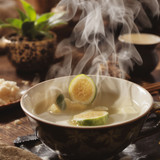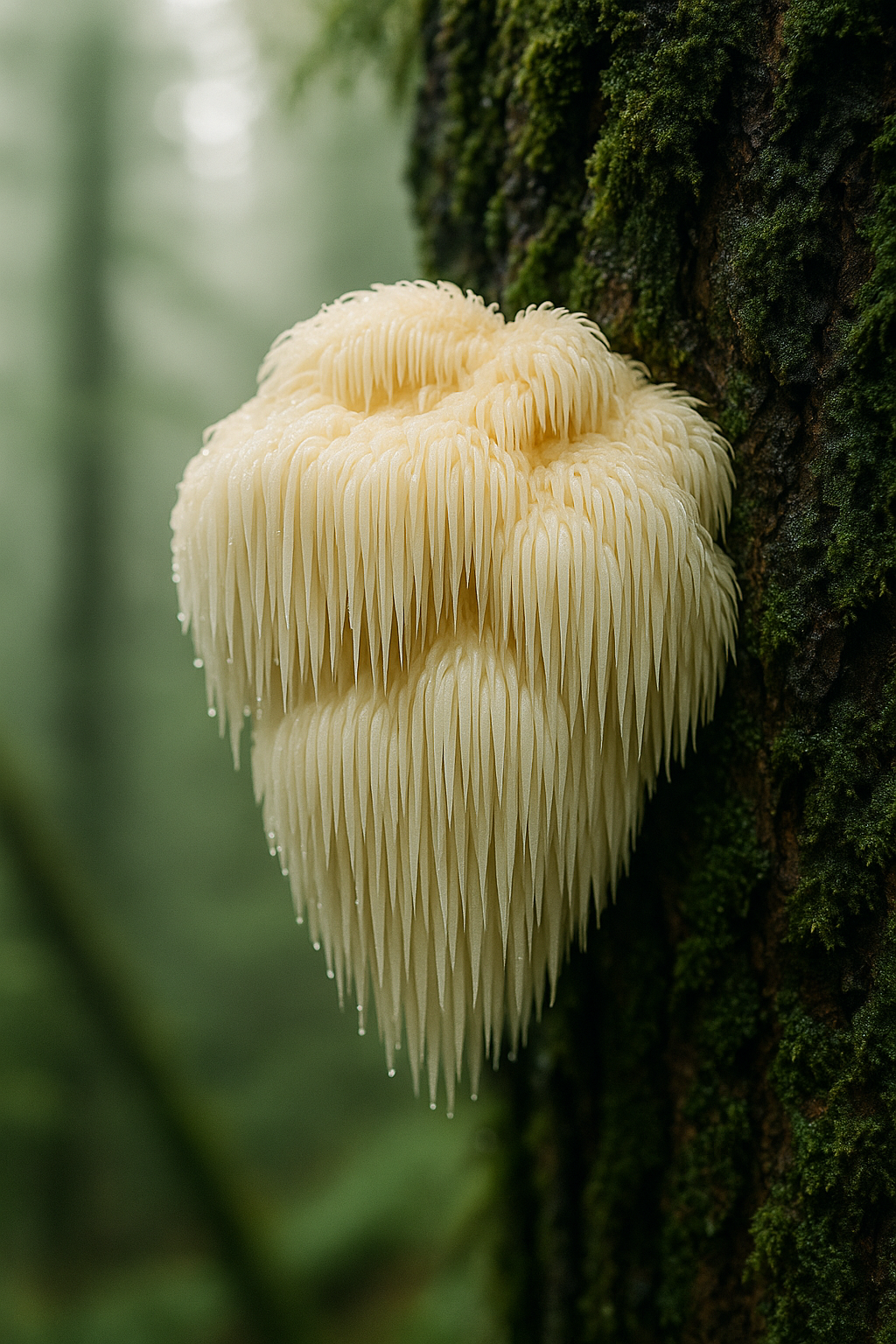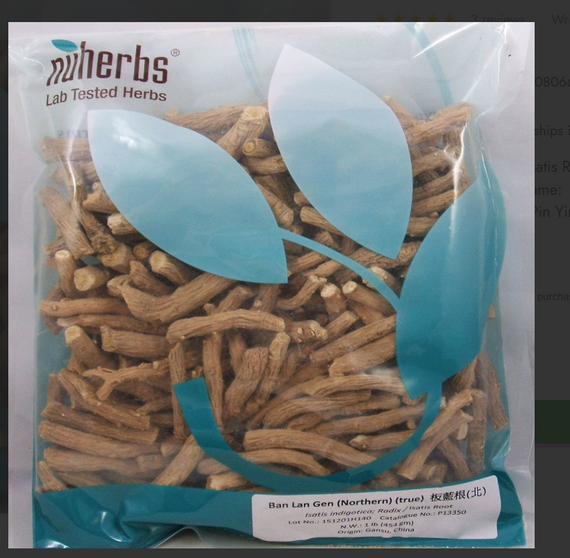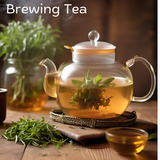There are no products listed under this category.


Starwest Botanicals
Organic White Tea Bags
White Tea Bags vs. Green Tea: Why They’re Different White tea and green tea come from the same plant—Camellia sinensis—but they’re made differently. That difference in processing is why white tea...

 Quick Facts Of Lion's Mane Mushroom
Quick Facts Of Lion's Mane Mushroom









